Ingredients
Grapes
Campden tablets
Precipitated calcium carbonate
Yeast culture
White sugar
Method
Black or white grapes may be used for making white wine. Strip the grapes from the stalks and crush them either with the hands, a block of wood, the feet or by passing them through the thoroughly cleaned rollers of a domestic wringer laid horizontally over a tub. The pulp is squeezed lightly through muslin. (If black grapes have been used the residue may be used for making red wine.) The juice is measured and 1 lb. of sugar and 2 Campden tablets are dissolved in each gallon of juice. The sugar is necessary since grapes grown in England rarely have the high sugar content of grapes grown in sunnier climates.
The Campden tablets supply sulphur dioxide which destroys unwanted yeasts and bacteria as well as preventing the wine turning brown during later storage. Contrary to statements made in some books, it does not `kill’ the juice, it merely selects the desirable yeasts from the natural juice flora.
The juice is left twelve to twenty-four hours and syphoned off from any deposit that may have formed. A wine yeast culture is added and the yeasted juice poured in a jar to fill it. The jar is stood on a dish and kept in a warm room. Fermentation should commence within forty-eight hours when froth is produced and continues to form for several days. When it ceases, the outside of the jar is cleaned and an air lock is inserted. The jar is left until gas bubbles cease to form, it is then taken into a cold room and left for fourteen days before syphoning off the partially clarified wine into a clean jar.
Wine made from grapes grown in England usually contains too much fruit acid (malic and tartaric) and it is necessary to remove some of this before it is drinkable. For each gallon of wine dissolve ⅓ oz. precipitated calcium carbonate in a little of the wine and mix it in with the main bulk. Keep the wine as cold as possible; if a snowfall occurs keep the corked jar buried in the snow. Crystals of calcium tartrate will form and the cold wine is syphoned or racked from them. Store the filled and sealed jar until the Spring and then taste it. If it is still too acid-remember the wine will be dry-insert an air lock and keep the jar in a warm room again. After a time small bubbles of carbon dioxide will form due to the action of malolactic bacteria which destroy the malic acid and convert it into lactic acid which has a lower acidity. When no gas bubbles form, top up the jar and wax over the top.
The wine should be stored for several months until it is clear, it is then syphoned off into clean bottles. Cork, wire and store the bottles on their sides in the cellar for at least six months before sampling.
Dry white wines should be drunk, preferably chilled, during a meal with fish, poultry, pork or veal dishes.
Sweet White Wine
A dry white wine is fermented as directed above and after the first racking half a pound of sugar is added to each gallon. The air lock is re-inserted and the jar left in a warm room. When fermentation ceases taste the wine and if dry, repeat the process of sweetening and fermenting. Continue until the sugar is no longer fermented. Taste the wine; if it is too acid, de-acidify as directed in the recipe above. If the amount of acid is satisfactory, syphon the wine into a clean jar which should be full when the cork is inserted. Wax over the top and store in a cool place for at least six months. Syphon off the wine without disturbing the deposit, bottle, cork, wire and store the bottles on their sides in a cellar for at least six months. This type of wine can be drunk with desserts, nuts and fruits.


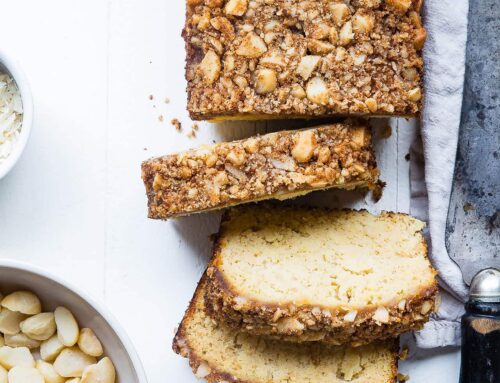
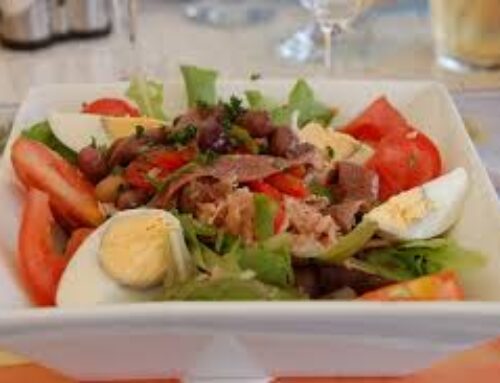
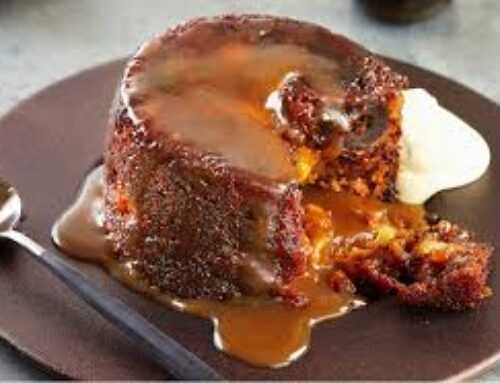
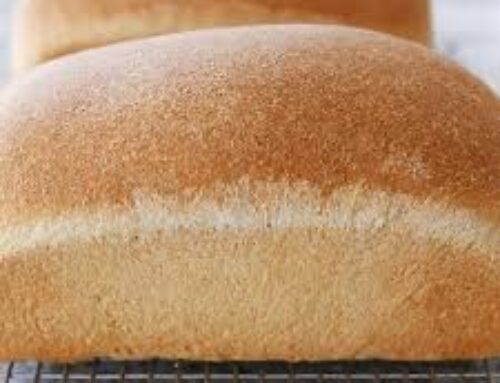
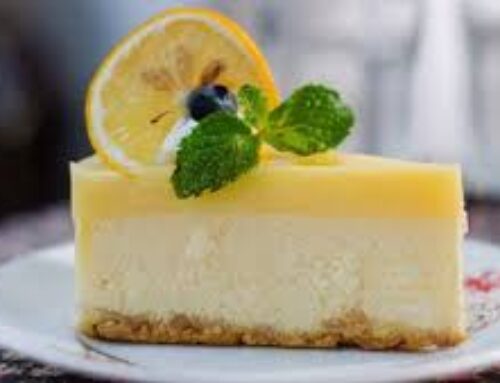
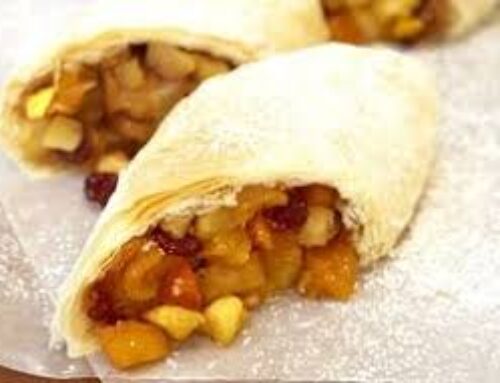
Leave A Comment